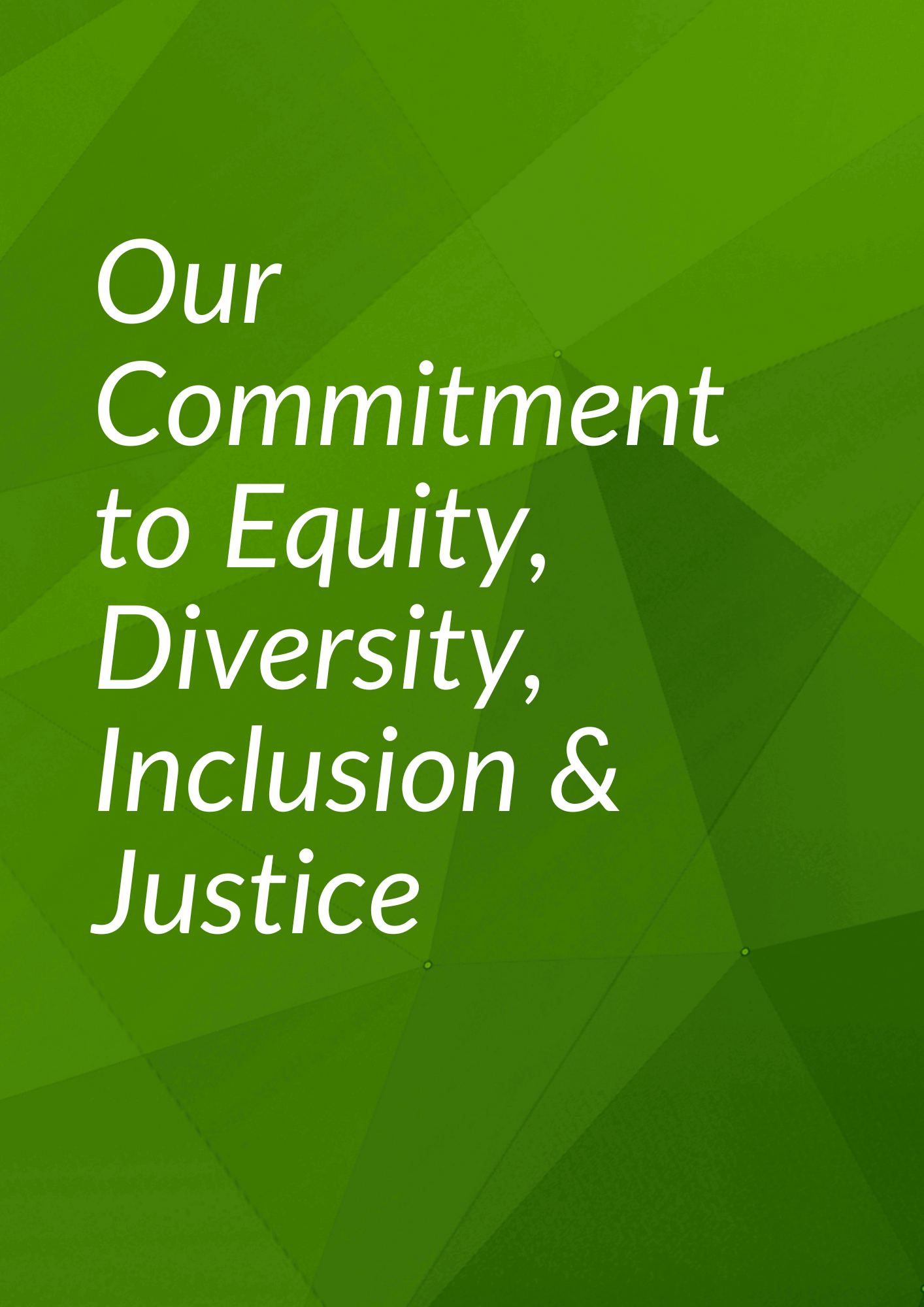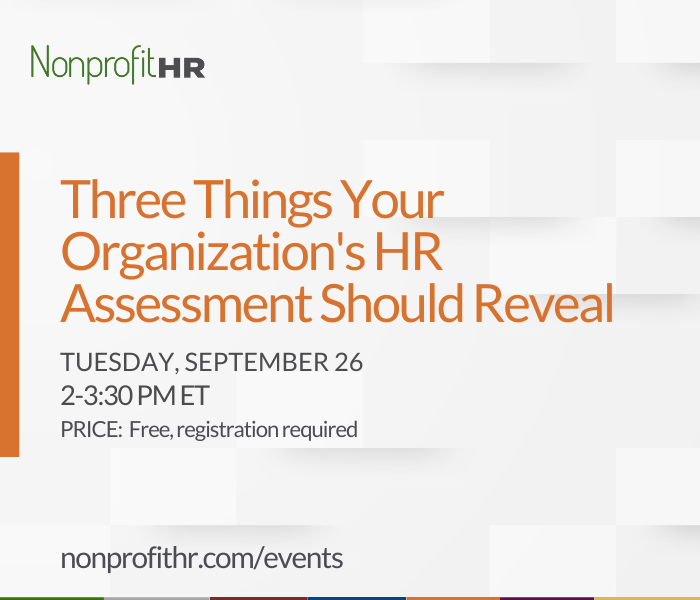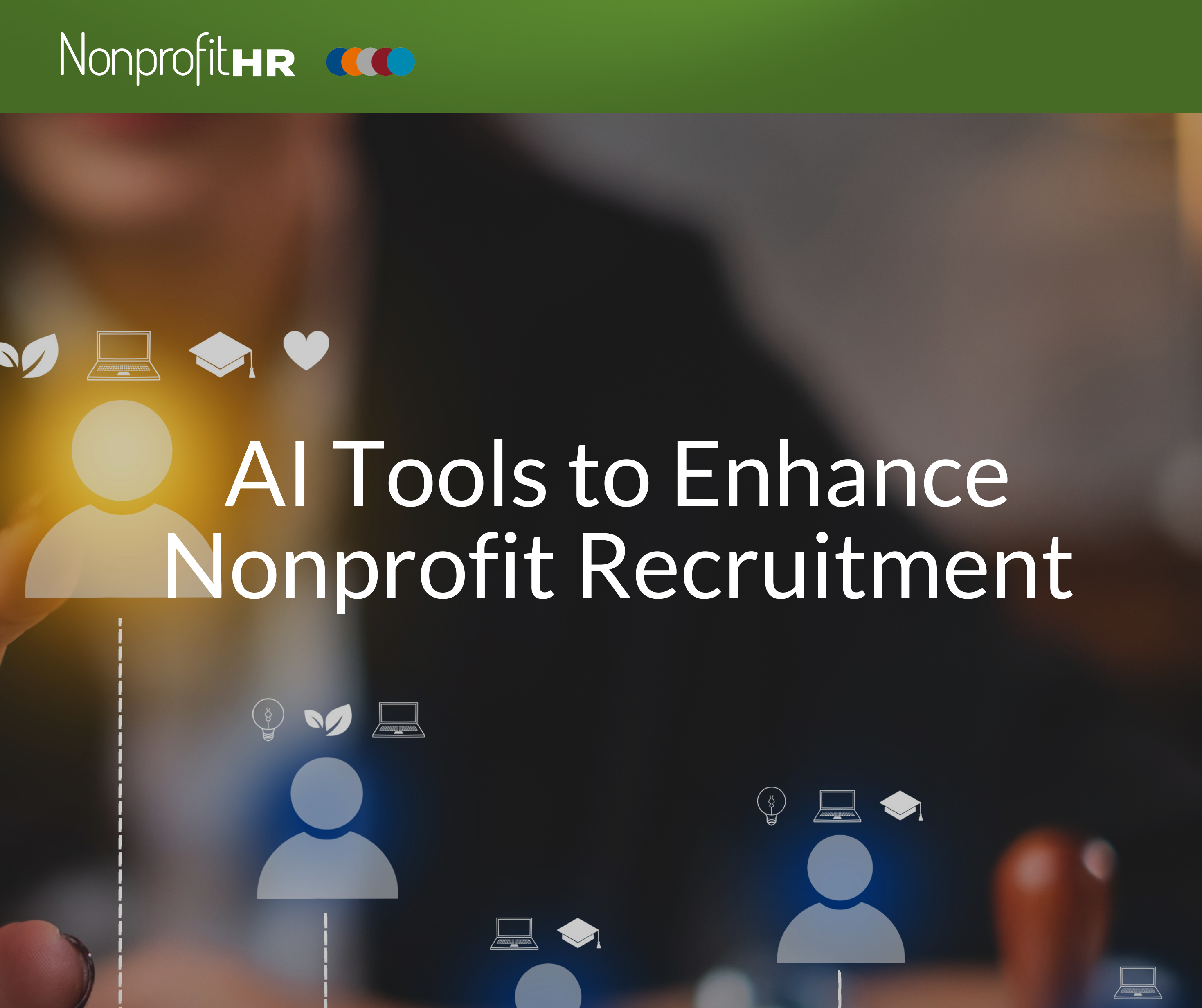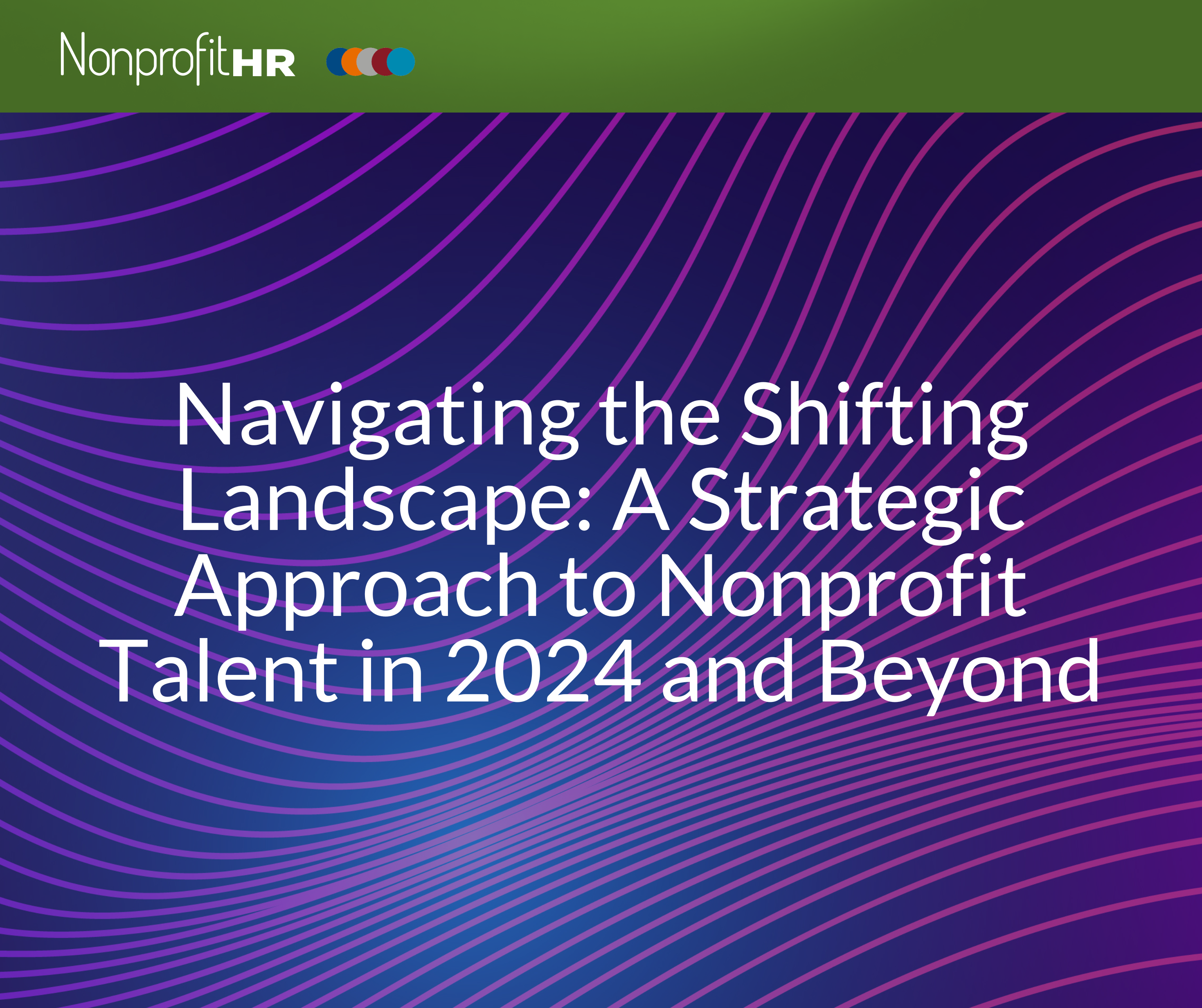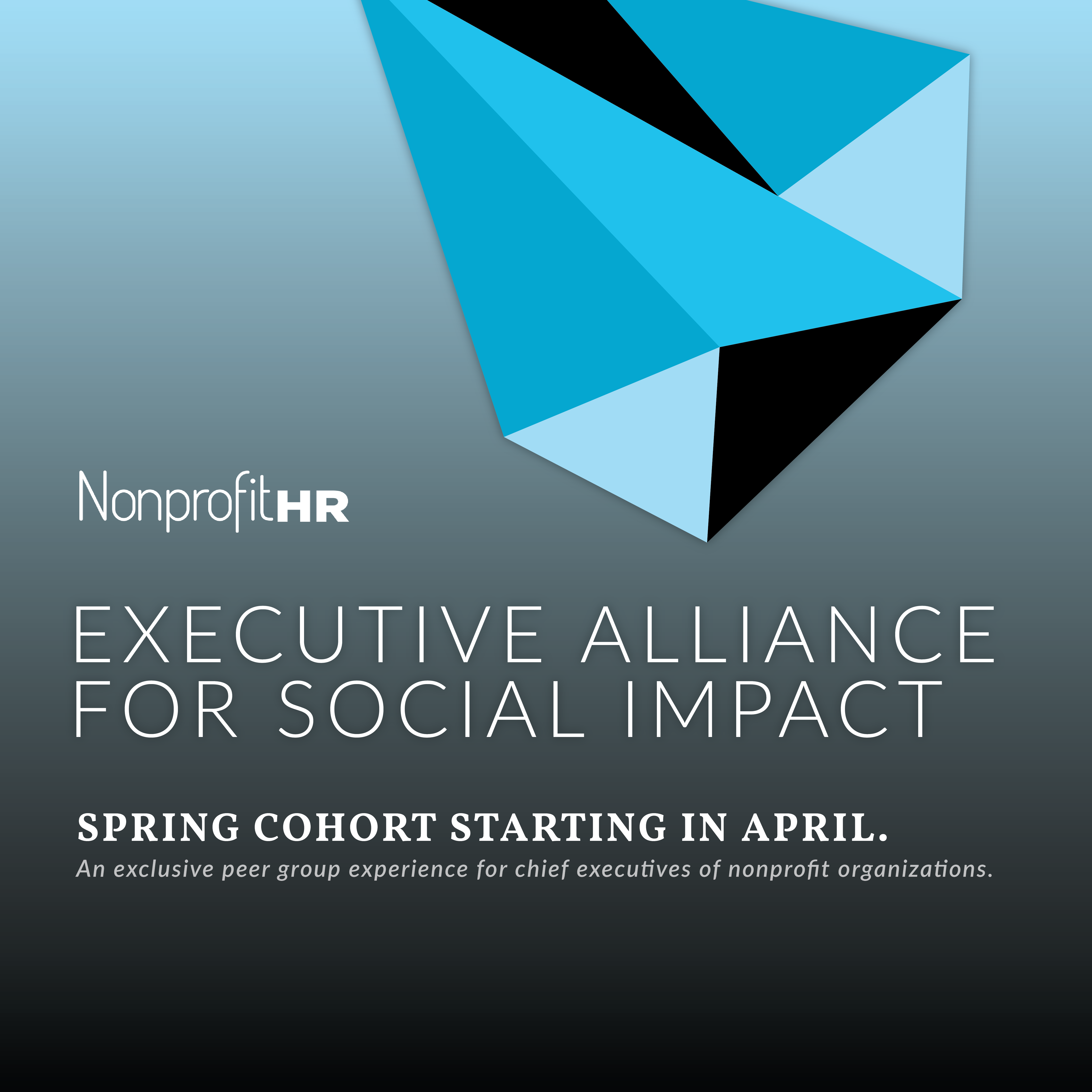WTOP: 5 ways nonprofits can…
The serious underrepresentation of women in the booming tech industry has garnered a lot of attention in recent years, and the outcry recently reached a fever pitch when a Google engineer released an internal memo arguing against gender diversity initiatives. However, the tech industry isn’t the only area where women are underrepresented. Gender inequality is also a major issue in the nonprofit sector, especially at the leadership level. As both a woman and a CEO who works directly with nonprofit organizations every day, I’m acutely aware of the problem, and I’m hungry for a solution.
The lack of diversity in top leadership positions is particularly disappointing for nonprofit organizations because according to a White House Project study, 73 percent of nonprofit sector employees are women. Also disheartening for the female-dominated nonprofit sector is the fact that men are paid higher salaries than their female counterparts. According to GuideStar, at organizations with annual budgets of $2.5 to $5 million — a cut of organizations that represents a large percentage of nonprofits, women chief executives make, on average, 23 percent less than men in the same role.
And as Crain’s Chicago Business magazine recently explored, despite some signs of progress such as an increasing number of female CFOs in the social sector, the vast majority of top nonprofit leadership roles go still go to men.
Some may make the mistake of thinking women simply aren’t interested in leading in the nonprofit sector, but that couldn’t be further from the truth. The Chronicle of Philanthropy commissioned a 2014 poll of 650 women working for nonprofits, 62 percent of whom had more than 10 years of experience working for a nonprofit. 57 percent of those experienced women said they aspired to lead. And women aren’t under-confident in their leadership abilities, either. Just seven percent of women surveyed felt they weren’t capable of taking on a leadership role.
Clearly, a lack of motivation, confidence or desire to hold a C-suite role in a nonprofit isn’t the force holding women back from social sector leadership, so what is? Why do these gaps still exist in nonprofit leadership? Frankly, I’m disappointed we’re still having this conversation in 2017 and progress must be made to move the needle on the nonprofit leadership gender gap. The nonprofit sector can do better and must take action now. So what can we do to make real progress toward gender equality among nonprofit leaders?
What is at the root of the problem?
Before we can fix the problem, we first have to determine its cause. And unfortunately, there are a number of factors to blame for gender inequality in nonprofit leadership.
Corporate sector spillover
Many nonprofit leaders are sourced from the private sector where there is leadership inequality in almost every field. As Facebook COO Sheryl Sandberg noted in her TED Talk: “women aren’t making it to the top in any profession.” As long as nonprofits continue to rely on other industries to lead a change, leadership pipelines will continue to be male-dominated.
Income inequality
As in the for-profit sector, women working in the nonprofit sector (especially in larger organizations) must deal with a highly problematic wage gap. The American Association of University Women conducted a study that indicated women are paid less than men even in female-dominated occupations, which includes roles in nonprofit organizations.
Because many nonprofit budgets allocate less for salaries than for-profits do, there is a high probability that a woman already facing a gender wage gap will likely face another pay cut — or not see her salary increase appreciably — to work in the nonprofit sector. So, to avoid that double pay cut, a woman may be more likely to choose a private sector leadership role over a social sector role.
Salary Compression
As mentioned previously, women make up over 70% of the nonprofit workforce. If these same women make long-term commitments to remain in the social sector, the likelihood of their salaries increasing as a pace that outstrips inflation is slim to none. In other words, if her salary lags in year 1 of her career, it is likely to continue to lag in year 10. The likelihood of her male colleague being hired after her and at a higher rate is great thus perpetuating the compression of her salary and therefore her inability to “catch up” and earn competitive wages when compared to the men in her organization.
Bias and lack of decision maker diversity
While women hold 43 percent of nonprofit board memberships overall, they hold only 33 percent of memberships on boards of nonprofits with annual revenues of $25 million or more. Because board members are often the individuals tasked with making leadership hiring decisions, their biases––conscious and unconscious––and a lack of diversity among them are also detrimental to women who seek nonprofit leadership roles. The gender imbalance can lead to a preference for men in leadership roles, especially at larger organizations.
However, it’s important to note that men cannot be held entirely responsible for gender inequality. Both men and women are unconsciously plagued with negative stereotypes about women in leadership roles, and these stereotypes can cloud all decisionmakers’ judgement.
What your organization can do to improve leadership gender diversity
Equalize pay for men and women in nonprofit leadership roles
While equal pay should be an obvious solution, the pay gap remains a pervasive problem across every industry and sector. It’s simple: if your budget can accommodate a salary of a certain amount for a man in a leadership role, it can accommodate that same salary for a woman. Be transparent and intentional about your leadership compensation and gender-equal pay practices and make it a priority to level the playing field for leaders in comparably responsible roles. Salary swings by gender exceeding 15% should be examined and defended, or if not defensible, corrected.
Diversify your leadership pipeline
Nonprofit organizations cannot rely solely on the corporate sector for leadership talent. If the social sector fails to reach beyond leaders with for-profit experience, gender diversity will only progress alongside, or possibly even behind, the private sector. Nonprofit organizations must progress faster. Consider alternative sources as you build your leadership pipeline including proven leaders already within your organization. Pay then what the role, not their salary history, is worth. If the last CEO earned $150,000 and your organization allocated those resources accordingly, that CEO’s successor should have reasonable expectation to earn the same — not a small percentage of her last salary. Pay what the position is worth, without regard to gender.
Also consider that leaders don’t necessarily need to be sourced from outside your existing team, and get serious about developing female leaders from within. One example of an organization that is doing great things in this respect is Rebuilding Together, a national nonprofit working to improve the homes and lives of low-income homeowners. The organization is unique in that its entire senior management team is comprised of women, as well as most of its staff. Leaders nurture team members along a professional track, starting with receptionists and executive assistants. When filling any role in the organization, they first look at their existing team for someone who is well-positioned to be promoted or to make a lateral move, and turn to outside sources only when a need can’t be met from within.
Start leadership development programs focused on fostering leadership skills among the more junior––but also promising and high-performing––women at your organization, and do everything you can to groom them for a future as leaders of your nonprofit.
Ensure diversity among your board and other decision makers
Diversity among your board members will help reduce the effects of both conscious and unconscious biases that hinder gender equality across your leadership team. Don’t focus only on achieving an ideal balance of male and female board members. Look for a diverse range of gender identities, sexual orientations, ages, ethnicities, backgrounds and experiences as you continue to shape your nonprofit board.
Advocate for the women in your workplace and encourage them to embrace leadership responsibilities at all levels
The women of the Obama administration were dedicated to amplifying one another’s voices in a male-dominated White House, and they are an excellent model for women in male-dominated nonprofits to follow. In meetings, they repeated one another’s ideas in order to amplify them, and gave credit where credit was due to encourage the men of the administration to acknowledge the women’s contributions. More women need to support other women in this manner if we hope to see progress. Think about all the ways you can encourage women with leadership potential in your organization, beginning with entry-level team members.
Don’t hesitate. In addition to the suggestions we offer above to promote gender diversity and equity at your organization, you can start today by asking yourself and your team these critical questions:
- How many people are on the management team?
- How many of those people are women?
- Are we satisfied with that balance?
- If not, what can I do now to ensure gender diversity and equality becomes part of our organization’s culture?
Acknowledging your own leadership team’s shortcomings with respect to gender diversity is the first step toward improving the outlook of women in leadership roles not only in your organization, but across the entire sector.
At Nonprofit HR, we’re dedicated to gender equality and diversity in nonprofits. Earlier this year on our blog, we recognized nine women paving the way for all nonprofit leaders. Read about them for inspiration for your organization.






